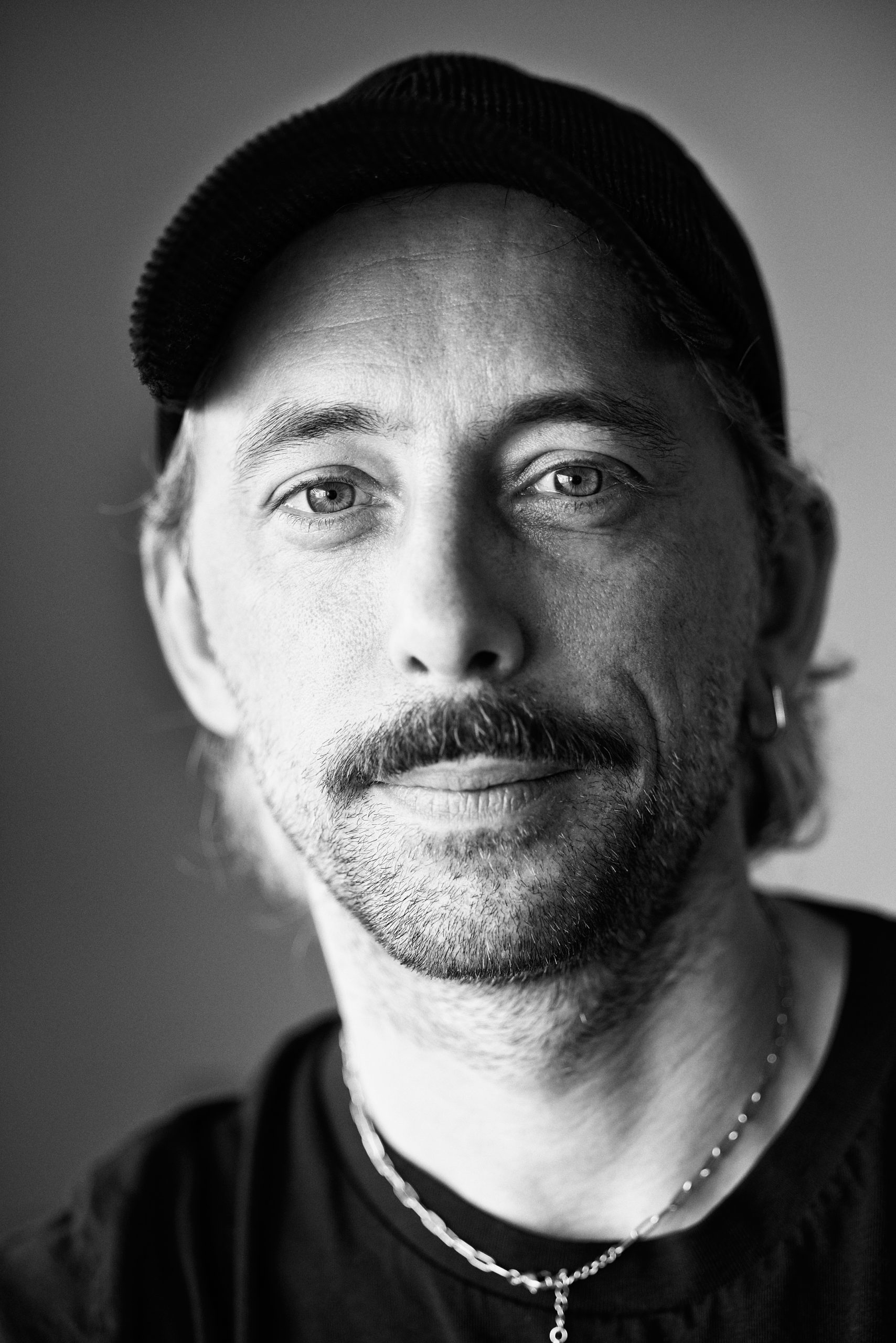Jeroen Verbruggen
Jeroen Verbruggen (Belgium, 1983) is a highly sought-after choreographer, known for his imaginative and eclectic works that blend high fashion, circus, and diverse artistic styles. Based in Berlin, Verbruggen’s choreography has captivated audiences across Europe and beyond.
Dance career and early recognition
Verbruggen received his ballet training at The Royal Ballet School of Antwerp and The National Ballet School of Canada. In 2000, he made an early mark by participating in the Prix de Lausanne. Shortly after, his first choreographed solo Hyperballad won at the Eurovision Contest for Young Dancers in London (2001). His professional dance career began with The Royal Ballet of Flanders and Ballet d’Europe, before joining Les Ballets de Monte Carlo in 2004, where he danced for a decade. During this time, he had the opportunity to perform both classical and contemporary works, working with influential choreographers such as Jean-Christophe Maillot, Sidi Larbi Cherkaoui, and William Forsythe, among others.
Transition to choreography
Parallel to his dancing career, Verbruggen developed his choreographic voice by participating in various young choreographer projects. His early works included Vervlogen for Belgian National Television (2001) and Jack(L)in the Box for the Monaco Dance Forum (2011). His breakthrough came in 2012 when Jean-Christophe Maillot invited him to create Kill Bambi for Les Ballets de Monte Carlo, which was broadcast live across Europe on Arte. This marked the beginning of a prolific relationship with the company, where Verbruggen created numerous works, such as Arithmophobia (2013), True and False Unicorn (2015), and Massâcre (2017), which was revived in Geneva in 2021.
International recognition
Verbruggen’s full focus on choreography began in 2014 with his first full-length ballet, Casse-Noisette for the Ballet du Grand Théâtre de Genève, which toured extensively and will be part of Introdans’ repertoire from December 2024. His success continued with Ba/rock in Geneva and works for leading companies across Europe, including A Mighty Wind for National Dance Company Wales (2015), Orphic Hymn for the National Slovenian Ballet (2017), and Sciamachy for the Finnish National Ballet (2019). In Germany, he has created pieces such as Where Have All the Flowers Gone for Ballet Nuremberg (2016) and Der Feuerfögel for Staatsballett Karlsruhe (2021). His work has been praised for its dynamic, multidisciplinary approach, and his creation Dornröschen: Once Upon a Dream for Leipziger Ballett earned him a nomination for the “Der Faust” award in 2020.
Opera and recent collaborations
In addition to ballet, Verbruggen has ventured into opera. In 2022, he collaborated with director Tobias Kratzer on Rossini’s Moïse et Pharaon at the Festival d’Aix-en-Provence and Opera de Lyon, a partnership that continued with Arabella at the Deutsche Oper Berlin in 2023. That same year, he made his debut as an opera director with Die Sieben Todsünden by Kurt Weill for Opera Ballet Vlaanderen in Antwerp. Verbruggen’s upcoming projects include a Gesamtkunstwerk for Theater Magdeburg (February 2025), Peer Gynt for Ostrava Ballet (May 2025), and Farewell in Paris for Gärtnerplatztheater (July 2025). He is also set to create Don Quixote for Landestheater Linz in January 2026.
Artistic vision
Jeroen Verbruggen is celebrated for his visually captivating and multidisciplinary works, often described as a “visual trip.” His success stems from collaborations with a diverse range of artists, including fashion designers and lighting experts, such as Charlie Le Mindu, Fabiana Piccioli, and Stefan Levin. Verbruggen’s ability to blend artistic genres continues to earn him accolades and invitations from prestigious companies worldwide, cementing his reputation as one of Europe’s most innovative and engaging choreographers.
